Ultimate Management of Change Software Guide: Benefits & How to Choose the Right Vendor

In today’s fast-moving business world, change is constant. Equipment gets upgraded, processes evolve, regulations tighten, and teams restructure. But every change—no matter how small—can affect safety, compliance, and performance. That’s why many organizations rely on Management of Change software to control and document these transitions. This guide explains everything you need to know: what Management of Change (MOC) means, why MOC software is essential, which industries benefit most, and how to choose the right vendor.
What is Management of Change Software?
Management of Change (MOC) is a structured approach that helps organizations assess, approve, and implement any change that might impact operations, safety, quality, or compliance. These changes can involve equipment, materials, procedures, documentation, or even personnel. The purpose is simple: to prevent incidents or disruption when things change.
Traditionally, these reviews were done on paper or spreadsheets. But as operations expanded, manual processes became slow, inconsistent, and difficult to audit. That’s where Management of Change Software—often called MOC software comes in. Management of Change software is a specialized tool designed to handle and streamline the process of managing changes within an organization. This software ensures that any changes—whether operational, procedural, or regulatory—are implemented smoothly and safely while maintaining compliance with industry standards.
MOC software typically offers features for:
- Change Impact Analysis: Evaluating the effects of proposed changes on existing systems and processes.
- Compliance Management: Ensuring that changes adhere to regulatory requirements and industry standards, including regulatory change management software.
- Process Safety Management: Identifying and mitigating risks associated with operational changes through process safety management software.
- Incident Management: Tracking and managing any issues that arise during or after the implementation of changes, often supported by safety audit software.
By automating and organizing these processes, management of change MOC software helps organizations improve safety, maintain compliance, and enhance operational efficiency. It is essential for industries where changes can have significant impacts, such as in oil and gas, manufacturing, and other high-risk sectors.
Industrial change management software and operational change management software further enhance the ability to manage changes effectively, while procedural change management systems and workflow change management tools ensure smooth transitions and compliance.
Benefits of Using Management of Change Software
MOC software gives enterprises the structure and transparency needed to manage risk, meet compliance, and execute change efficiently—helping businesses evolve with control and confidence. From ensuring compliance to improving safety and efficiency, MOC software is designed to streamline and optimize the change management process. Here’s a closer look at the top benefits of using this powerful management of change software:
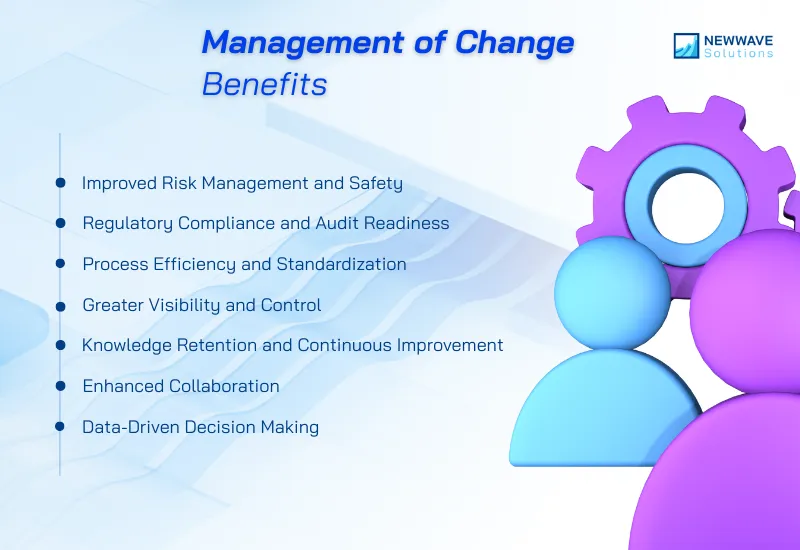
1. Improved Risk Management and Safety
Every operational change carries potential risk. MOC software ensures those risks are identified, reviewed, and mitigated before implementation. Standardized assessments, automated workflows, and clear approval steps prevent shortcuts and reduce the chance of safety incidents. This structured approach helps organizations stay compliant with OSHA, ISO, and environmental standards—protecting people, assets, and reputation.
Key outcomes:
- Reduced likelihood of safety incidents.
- Standardized risk scoring and documentation.
- Transparent approval chains for high-impact changes.
- Consistent compliance with OSHA, EPA, and ISO standards.
2. Regulatory Compliance and Audit Readiness
Industries such as energy, pharma, and manufacturing operate under strict regulations. Management of change software solutions simplify compliance by automatically recording every action, decision, and approval. When auditors request documentation, records are instantly available with timestamps and digital signatures. The result is faster audits, fewer compliance gaps, and continuous readiness for inspection.
Key outcomes:
- Faster and easier audits.
- Real-time compliance dashboards.
- Complete version control and digital signatures.
- Stronger proof of adherence to safety and quality laws.
3. Process Efficiency and Standardization
Manual change processes often lead to missed steps and communication delays. Management of change MOC software standardizes each stage—initiation, risk review, approval, and closure—using automated workflows and predefined templates. Teams spend less time managing paperwork and more time executing improvements, leading to faster approvals, consistent procedures, and measurable productivity gains.
Key outcomes:
- Shorter review cycles and faster approvals.
- Fewer human errors or missed steps.
- Uniform processes across departments and sites.
- Integration with asset management or document systems.
4. Greater Visibility and Control
Without centralized oversight, it’s hard to track multiple ongoing changes across departments or sites. MOC tools solve this with real-time dashboards and reporting. Managers can see who owns each change, its risk level, and its progress. This visibility improves accountability, enables early intervention, and gives leaders the insight needed to balance safety, cost, and speed.
Key outcomes:
- Transparent status tracking.
- Real-time reporting on KPIs.
- Risk trend analysis for better planning.
- Higher accountability across teams.
5. Knowledge Retention and Continuous Improvement
Each change request becomes a learning opportunity. With MOC management of change systems, all data—risks, decisions, outcomes—is stored for future analysis. Teams can identify trends, recurring issues, or best practices to refine processes. Over time, this builds a strong knowledge base that drives smarter decisions and continuous operational improvement.
Key outcomes:
- Institutional memory for future reference.
- Easier root-cause analysis.
- Data-driven insights for optimization.
- Continuous improvement in performance and compliance.
6. Enhanced Collaboration
Change management involves multiple departments. A centralized digital platform connects engineering, safety, and operations in one shared workflow. Notifications, approvals, and updates are visible to all stakeholders, eliminating miscommunication. This improves teamwork, speeds up coordination, and ensures every participant is accountable for their part of the process.
Key outcomes:
- Unified collaboration between teams.
- Reduced communication delays.
- Fewer misunderstandings or duplicate efforts.
- Faster execution of approved changes.
7. Data-Driven Decision Making
Modern MOC platforms don’t just manage workflows—they provide analytics that reveal how efficiently your organization handles change. Managers can track key metrics such as average approval time, high-risk frequency, overdue actions, or department performance.
These insights support strategic decisions such as resource planning, process redesign, or compliance investment. Over time, companies using management of change software solutions gain a data-driven understanding of where risks and inefficiencies originate, enabling smarter, faster interventions.
Why this matters:
- Quantifies the business impact of each change.
- Enables trend analysis and predictive risk management.
- Informs continuous improvement and resource planning.
- Transforms compliance data into strategic intelligence.
MOC Software Applications

MOC software (Management of Change software) is designed to handle changes across various industries, with specialized applications tailored to specific sectors. Its role is crucial in ensuring smooth, compliant, and efficient change management. Here’s how MOC software is applied in both high-risk industries like oil and gas and general industrial settings:
Oil & Gas / Petrochemicals / Chemicals
In these high-risk environments, a single unapproved change in equipment or process conditions can trigger serious safety or environmental incidents. MOC management of change systems ensure every modification—from pipeline rerouting to control logic updates—goes through proper hazard review and authorization.
Benefits:
- Centralized risk assessment and documentation for process changes.
- Integration with maintenance and inspection systems.
- Clear traceability for regulatory audits (OSHA PSM, EPA, ISO).
- Early identification of safety or design conflicts.
- Reduced downtime from uncontrolled plant modifications.
Manufacturing / Heavy Industry
Manufacturers constantly adapt machinery, production lines, and workflows. Manual tracking of these changes often leads to quality issues or compliance lapses. MOC software standardizes approval processes, ensuring every operational update is verified, documented, and safe to execute.
Benefits:
- Streamlined change approvals across maintenance and production teams.
- Consistent safety checks for equipment and process modifications.
- Integration with ERP or CMMS for real-time equipment data.
- Lower production risk and improved line reliability.
- Documentation for ISO 9001 and other quality standards.
Pharma / Life Sciences
Pharmaceutical and life sciences companies must document every change to maintain product integrity and meet GxP and FDA requirements. Management of change software solutions create a controlled environment for handling SOP revisions, lab equipment calibration, or facility upgrades.
Benefits:
- Digital validation and approval trails for every process change.
- Complete traceability from request to execution for regulatory compliance.
- Integration with QMS and document control systems.
- Reduced risk of nonconformance or product recall.
- Faster audit preparation and reporting.
>> If you are finding custom software solutions for medical industry, check out what we can do for your medtech software development solutions.
Energy / Utilities
In power generation, transmission, and distribution, reliability and safety are non-negotiable. MOC software supports utilities in managing infrastructure updates, asset replacements, and procedural improvements without service interruption.
Benefits:
- Controlled rollout of maintenance and system upgrades.
- Alignment with ISO 45001 and environmental compliance frameworks.
- Cross-site visibility for geographically distributed assets.
- Stronger governance of safety-critical operations.
- Reduced risk of operational disruptions.
Construction / Engineering / Infrastructure
Projects in these sectors evolve quickly—design modifications, material substitutions, and contractor changes happen daily. MOC software ensures that each change is properly evaluated for impact on safety, cost, and schedule before approval.
Benefits:
- Real-time tracking of design and scope changes.
- Approval workflows that link directly to project documentation.
- Clear accountability between clients, contractors, and engineers.
- Prevention of cost overruns and schedule delays.
- Complete records for post-project audits.
IT / Technology / Service Management
In IT outsourcing solutions, the concept of MOC aligns with change control for digital infrastructure. Management of change MOC software helps ensure that updates to applications, networks, or configurations don’t compromise system performance or data security.
Benefits:
- Controlled deployment processes with rollback capability.
- Integration with ITSM tools for transparent change tracking.
- Audit-ready documentation for cybersecurity and compliance.
- Reduced downtime and improved service reliability.
- Streamlined collaboration between DevOps and compliance teams.
Any Highly Regulated Industry
From aerospace to food processing, any sector governed by strict safety or quality standards benefits from structured change control. MOC software provides a single framework to ensure transparency, accountability, and documentation integrity across global operations.
Benefits:
- Centralized compliance reporting for regulators.
- Unified workflows across multiple business units.
- Faster response to audits and incident investigations.
- Reduced risk of human error or documentation loss.
- Strengthened corporate governance and consistency.
In essence: wherever change intersects with risk, compliance, or performance, MOC systems create structure and visibility—enabling organizations to innovate safely and operate with confidence.
How to Choose the Right MOC Software Solution?
Selecting the right Management of Change (MOC) software solution is crucial for ensuring that changes within your organization are managed effectively, safely, and in compliance with regulations. Here’s a guide to help you choose the best MOC software for your needs:
1. Map Your Change Process
Before exploring tools, map how change currently happens in your organization. Identify who initiates requests, what documentation is produced, how risks are assessed, and where approvals stall.
This baseline reveals gaps in communication, duplication, or manual tracking. Understanding these friction points ensures that the chosen software aligns with your actual process rather than forcing teams to adapt to rigid technology.
It also clarifies what success looks like — whether it’s shorter approval cycles, better compliance visibility, or centralized reporting.
2. Identify Requirements
Once your process is mapped, define what your MOC system must deliver — not just what would be “nice to have.”
Focus on requirements that align with your operational priorities:
- Flexible workflow configuration: Adjust approval steps based on change type, location, or risk level.
- Risk assessment templates and scoring logic: Standardize hazard analysis with customizable scoring systems.
- Role-based access control: Ensure sensitive data and approvals remain secure.
- Integration with ERP, EHS, or CMMS: Eliminate data silos between change management, maintenance, and compliance.
- Dashboard reporting and analytics: Gain real-time visibility into open changes, overdue actions, and bottlenecks.
- Mobile or offline functionality: Empower field users to submit and review changes directly from job sites.
- Cloud security and data protection: Confirm the system meets your data privacy and cybersecurity standards (ISO 27001, SOC 2, GDPR).
Defining these clearly will guide your vendor shortlist and help you evaluate true ROI.
3. Shortlist Vendors
After clarifying your needs, narrow the field to vendors with proven experience in your sector. Look for partners who understand both regulatory and operational realities — not just software features.
Evaluate case studies, customer reviews, and support capabilities. Ask how each vendor handles configuration, implementation, and change requests post-go-live.
Key Considerations for Selecting the right MOC Software vendor:
- Configurable workflows and templates for multiple change types.
- Simple, intuitive user interface that encourages adoption.
- Seamless integration with enterprise systems (ERP, EHS, CMMS, HR).
- Built-in risk analysis and complete audit trail for traceability.
- Real-time reporting, KPI dashboards, and alerts.
- Pre-built compliance templates for industry standards.
- Transparent pricing and deployment options (cloud, on-premises, hybrid).
- Proven vendor reputation and industry expertise.
- Certified data security and privacy measures.
- Implementation roadmap and long-term support model.
- Scalability for multi-site or multi-language rollouts.
- Localized technical and training support for global teams.
Shortlisting through these filters ensures you focus on vendors who can deliver tangible results rather than generic solutions.
Maybe you’ll want to read more: Managing Offshore Teams: Best Practices & Tips for Success
4. Demo & Pilot
Never purchase MOC software based on brochures or screenshots. Request a live demo tailored to your use cases, showing how a change flows from initiation to closure.
Then conduct a short pilot with a real department or facility. Observe how intuitive the interface feels, how well the tool integrates with your systems, and how efficiently users adopt it.
Involve end-users early — their feedback is invaluable in predicting adoption success and surfacing hidden challenges before full rollout.
5. Evaluate Total Cost of Ownership (TCO)
Initial license cost rarely tells the full story. Evaluate the total cost of ownership across the system’s lifecycle:
- Implementation and configuration
- Training and onboarding
- Customization and integration work
- Maintenance, updates, and support fees
- Potential downtime during upgrades
A slightly higher upfront investment can deliver greater long-term savings if it reduces administrative overhead, compliance penalties, or manual effort. Consider both direct and indirect returns when making the financial case.
6. Plan for Adoption and Change Management
Even the best MOC system will fail without proper adoption. Create a structured rollout plan:
- Assign internal champions to drive engagement.
- Provide role-specific training sessions for engineers, managers, and compliance officers.
- Communicate the “why” — how this tool simplifies work and reduces risk.
- Establish governance rules for how requests, approvals, and documentation must be handled.
A thoughtful implementation plan turns software into a sustained business capability rather than a one-time project.
7. Scalability and Future Flexibility
Your organization will evolve — and so should your MOC system. Evaluate how easily the software can scale to new facilities, teams, or compliance frameworks.
Look for platforms that allow new workflows, data fields, and integrations without extensive reconfiguration.
Future-proofing ensures that as regulations, technologies, or business models change, your system remains aligned and adaptable rather than obsolete.
8. Support and Vendor Viability
An MOC platform is a long-term partnership, not a one-off purchase. Vendor reliability, technical support, and financial stability directly affect your success.
Assess service level agreements (SLAs), average response times, and frequency of software updates.
A reliable vendor invests continuously in product innovation, cybersecurity, and customer success — ensuring your system remains compliant, secure, and up to date.
Choosing the right MOC software means balancing technology, process, and partnership. When properly selected and implemented, it becomes more than a compliance tool — it’s a strategic enabler that helps organizations manage change with clarity, confidence, and control.
Comparison of Popular MOC Software Solutions
When selecting a Management of Change (MOC) software solution, it’s crucial to compare the features, strengths, and benefits of each option to determine which one best meets your organization’s needs. Here’s a detailed comparison of some popular MOC software solutions, including those tailored for the oil and gas industry and equipped with safety compliance tools:
| Vendor | Core Focus & Strengths | Typical Industries / Use Cases | Notable Features | Best For |
|---|---|---|---|---|
| Sphera MOC Software | Enterprise-grade EHS & risk management. | Oil & Gas, Chemical, Manufacturing | Built-in templates, analytics, incident tracking. | Large global operations in high-risk sectors. |
| Enablon (Wolters Kluwer) | Integrated ESG and EHS management. | Energy, Construction, Utilities | Regulatory modules, dashboards, multi-site control. | Enterprises linking sustainability and safety. |
| Intelex MOC Software | Cloud-based compliance automation. | Manufacturing, Pharma | Workflow automation, audit trail, flexible forms. | Mid-to-large companies needing SaaS scalability. |
| Benchmark Gensuite | Modular EHSQ platform. | Industrial & Energy | Real-time reporting, mobile-ready apps. | Enterprises prioritizing analytics and mobility. |
| Ecesis MOC Software | Purpose-built MOC workflow solution. | Oil & Gas, Environmental | Configurable forms, fast deployment, user-friendly. | Mid-sized businesses seeking quick ROI. |
| SafetyCulture (iAuditor) | Mobile inspection and checklist platform. | Construction, Field Ops | Photo capture, offline mode, instant reporting. | Distributed field teams needing mobility. |
| MOC Anywhere | Lightweight configurable tool. | Manufacturing, Utilities | Real-time alerts, task tracking, simple UI. | Smaller organizations or first-time adopters. |
Choosing the right MOC software solution involves evaluating these options based on your organization’s specific needs, including regulatory compliance, safety management, and operational efficiency. Each of these popular solutions provides unique features to support effective change management across various industries, including management of change software oil and gas, and those requiring robust safety compliance tools.
When comparing, balance functionality with scalability. The right tool should integrate easily with your systems and match your company’s operational risk level.
Conclusion
In conclusion, the management of change software solutions is indispensable for organizations facing complex operational, safety, and compliance challenges. Whether managing process changes in high-hazard industries or streamlining annual notice of change communications, these specialized software solutions offer a wealth of benefits, including enhanced efficiency, compliance, and transparency.
With the right MOC software tailored to their unique requirements, organizations can proactively navigate change, mitigate risks, and foster continuous improvement across their operations. This includes ensuring process safety, boosting workplace safety, and communicating changes effectively. Investing in robust management of change software solutions can significantly influence an organization’s success and operational excellence.
Hence, choosing the right partner is equally important. At Newwave Solutions, we help organizations worldwide design and develop customized management of change software solutions that fit seamlessly into existing systems. With over 300 skilled developers based in Vietnam, we deliver scalable, secure, and cost-effective platforms through our software development services.
Our experience spans workflow automation, enterprise integration, and risk-focused digital platforms. We build technology that helps businesses manage change with confidence—on time, on budget, and in full compliance.
If you’re exploring digital transformation or planning to build a tailored MOC software solution, let’s discuss how Newwave Solutions can support your goals.
Transform how your organization manages change—efficiently, safely, and intelligently—with the right MOC partner by your side.
To Quang Duy is the CEO of Newwave Solutions, a leading Vietnamese software company. He is recognized as a standout technology consultant. Connect with him on LinkedIn and Twitter.

Read More Guides
Get stories in your inbox twice a month.
Let’s Connect
Let us know what you need, and out professionals will collaborate with you to find a solution that enables growth.
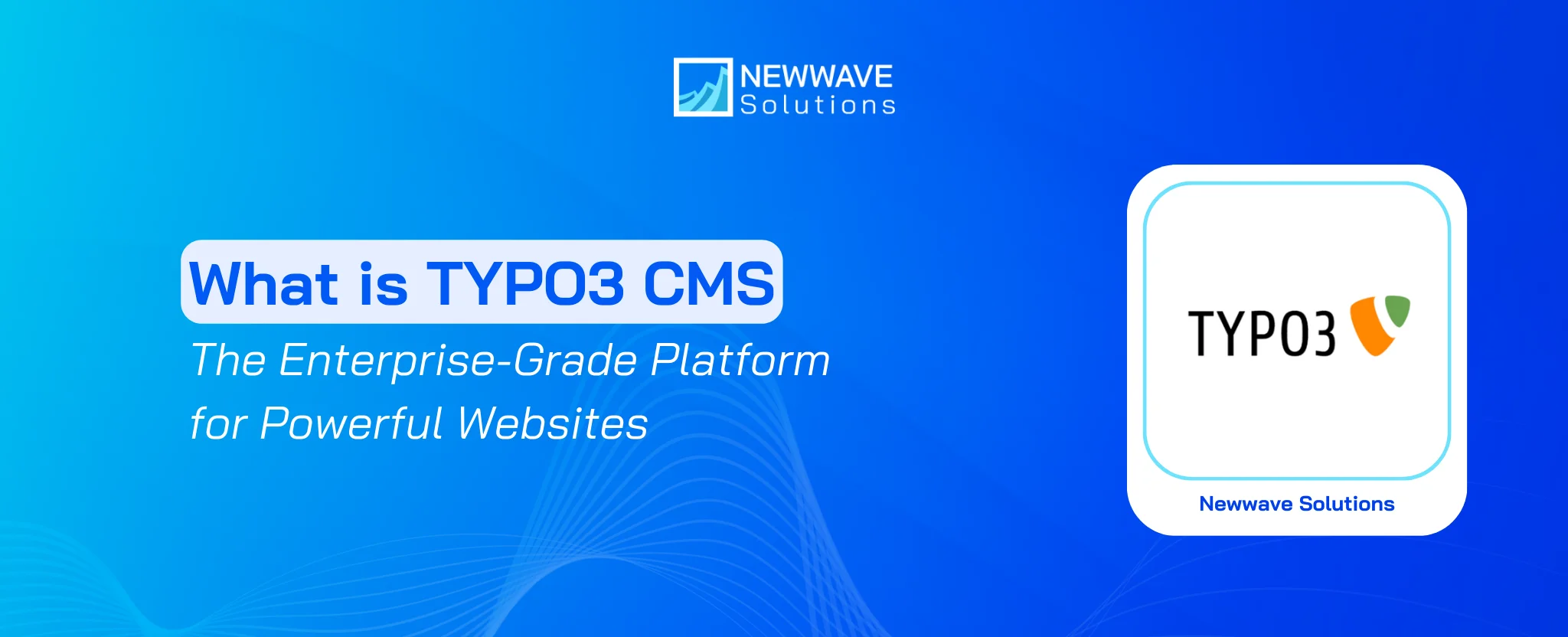
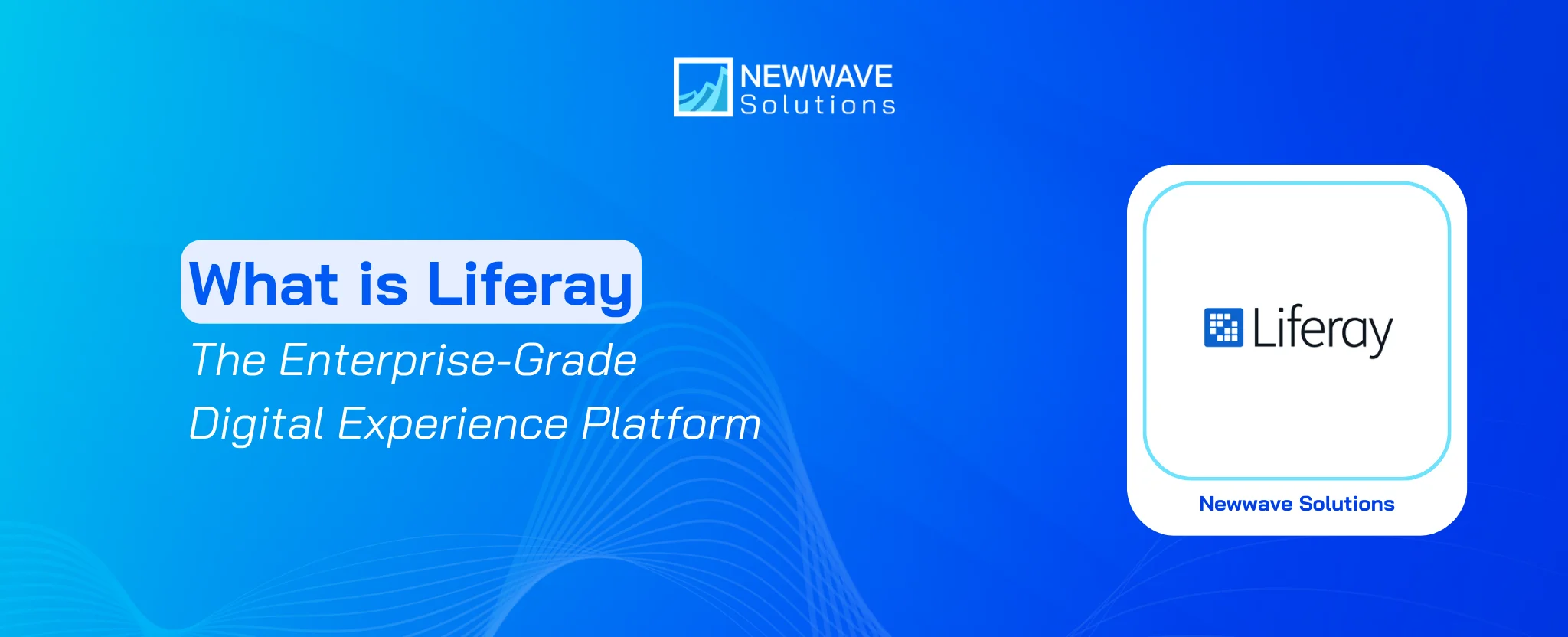
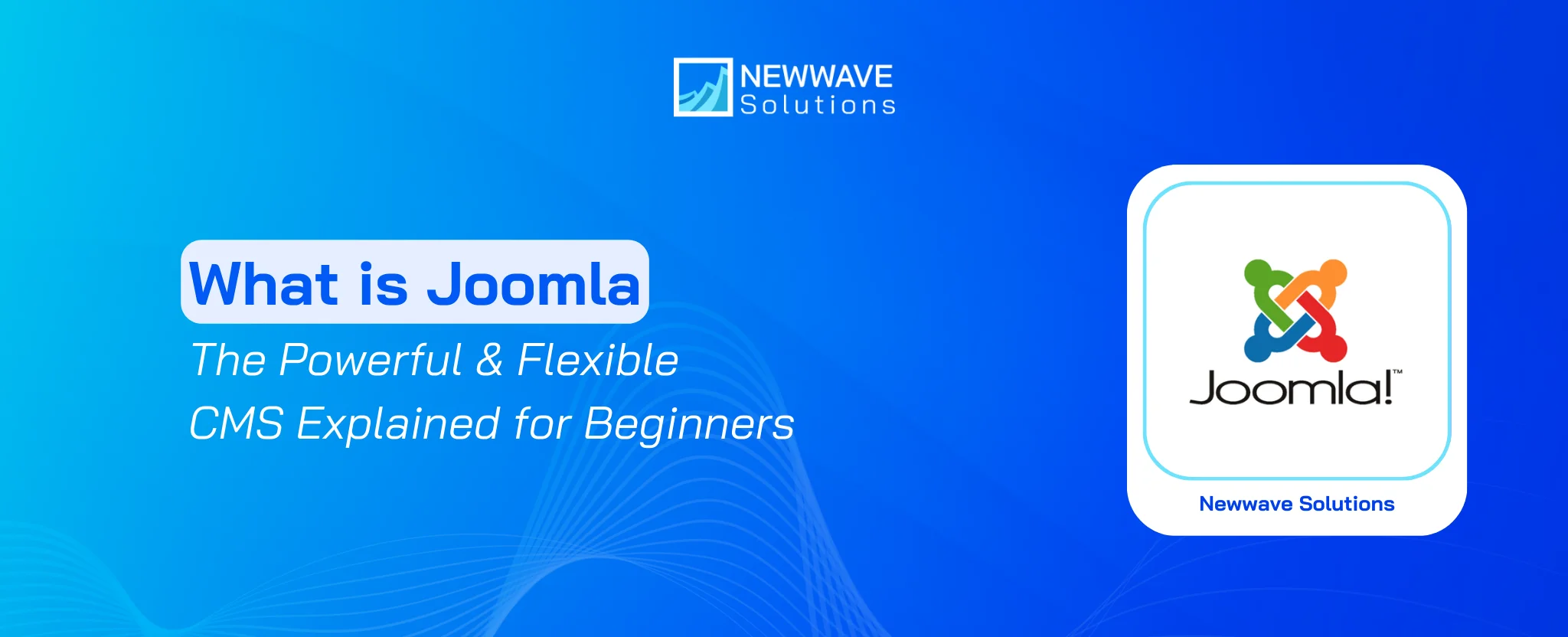
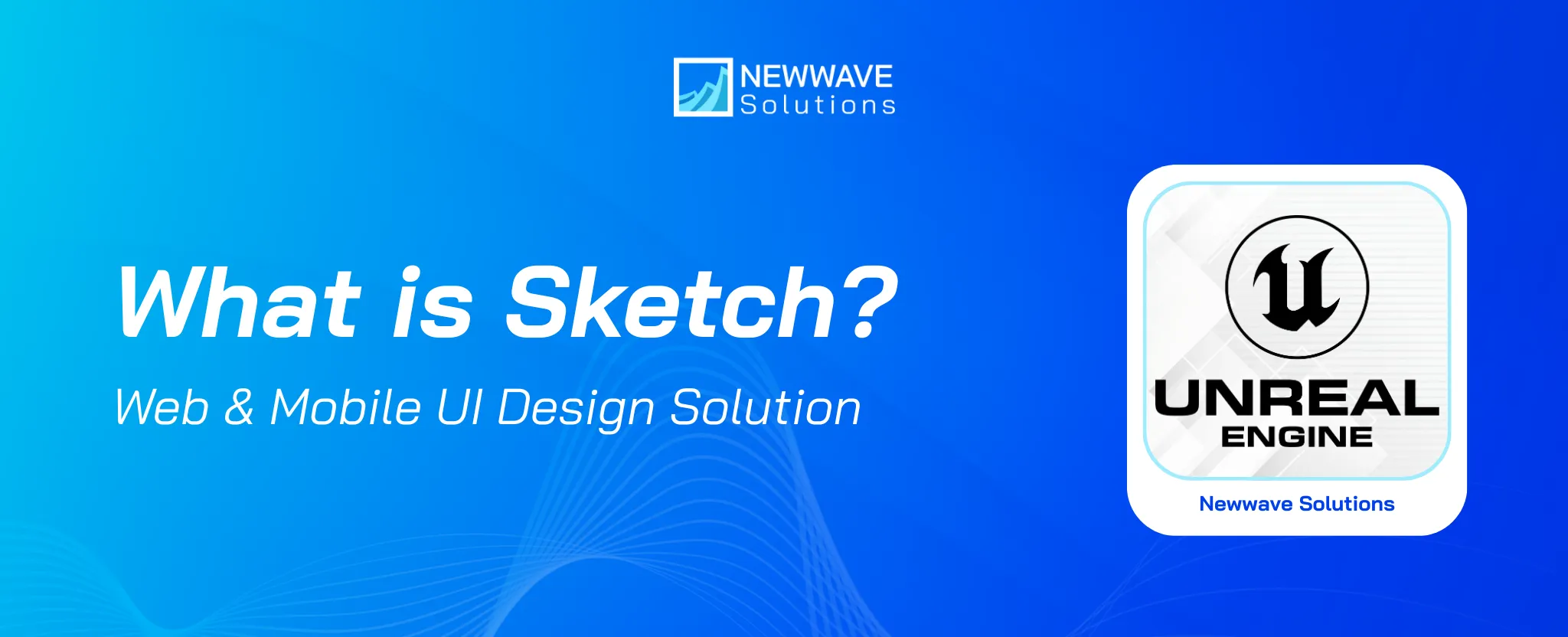
Leave a Reply